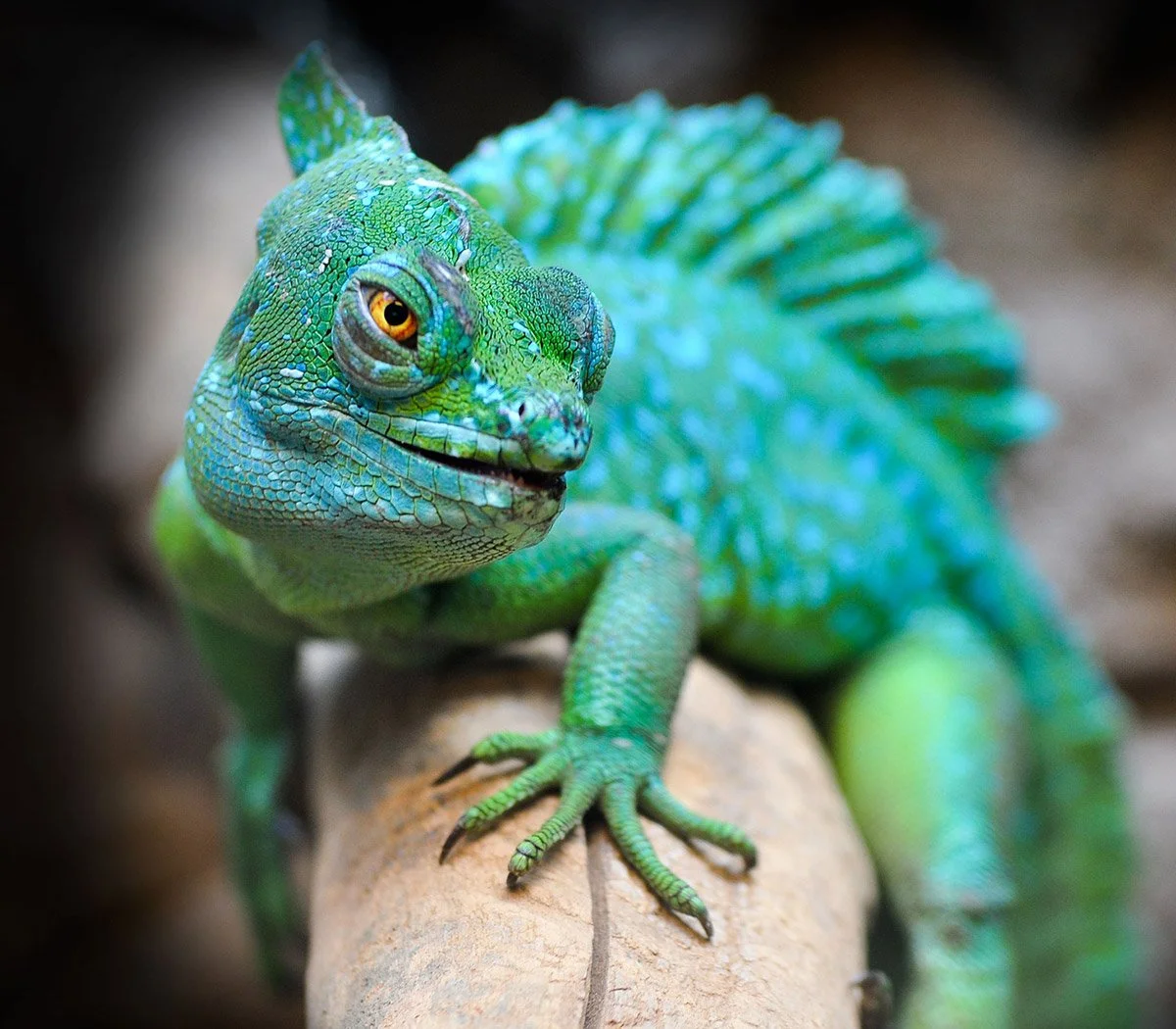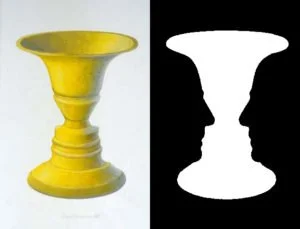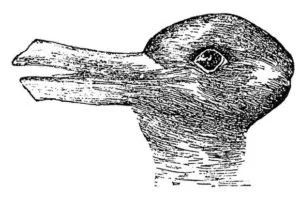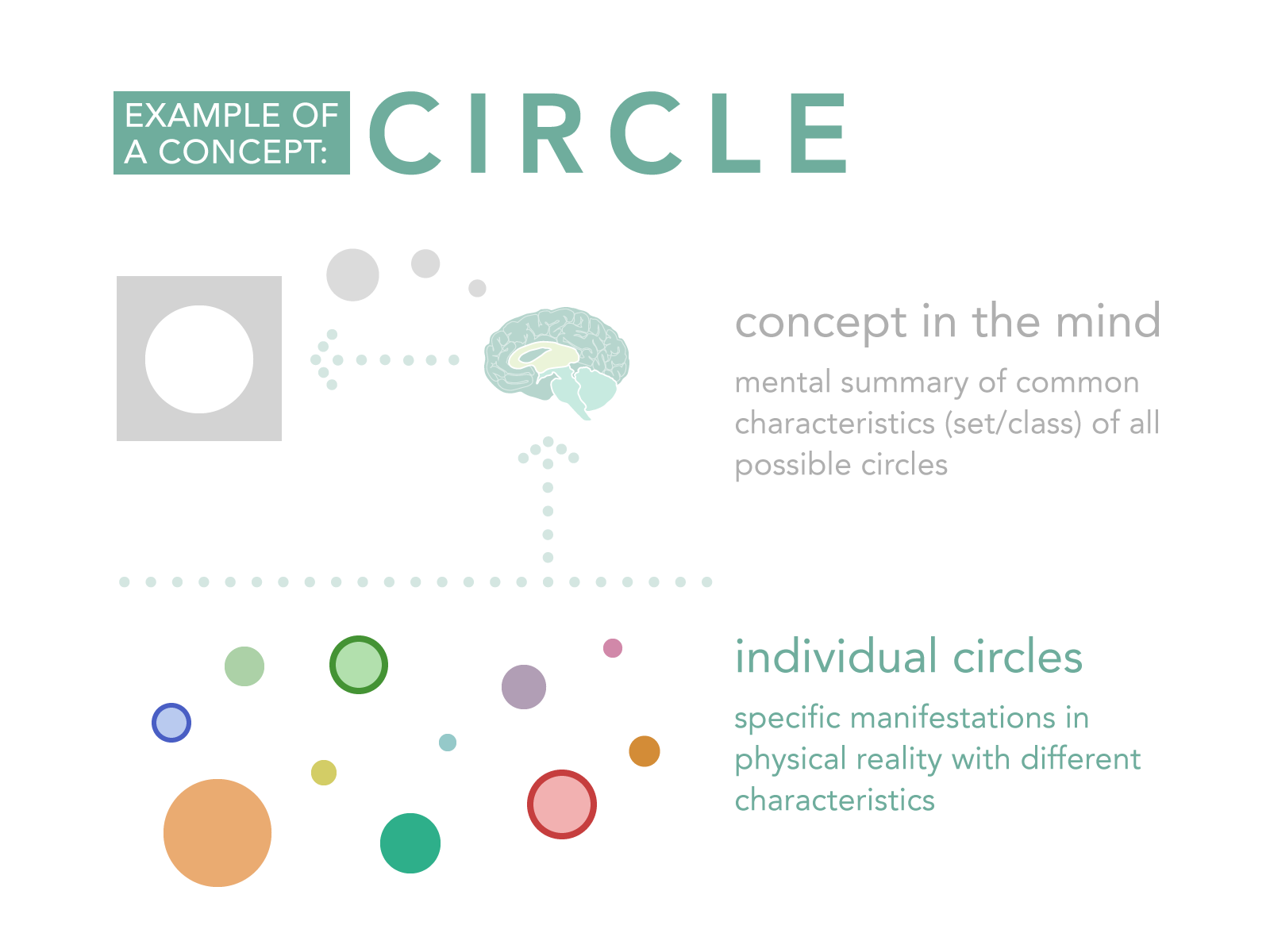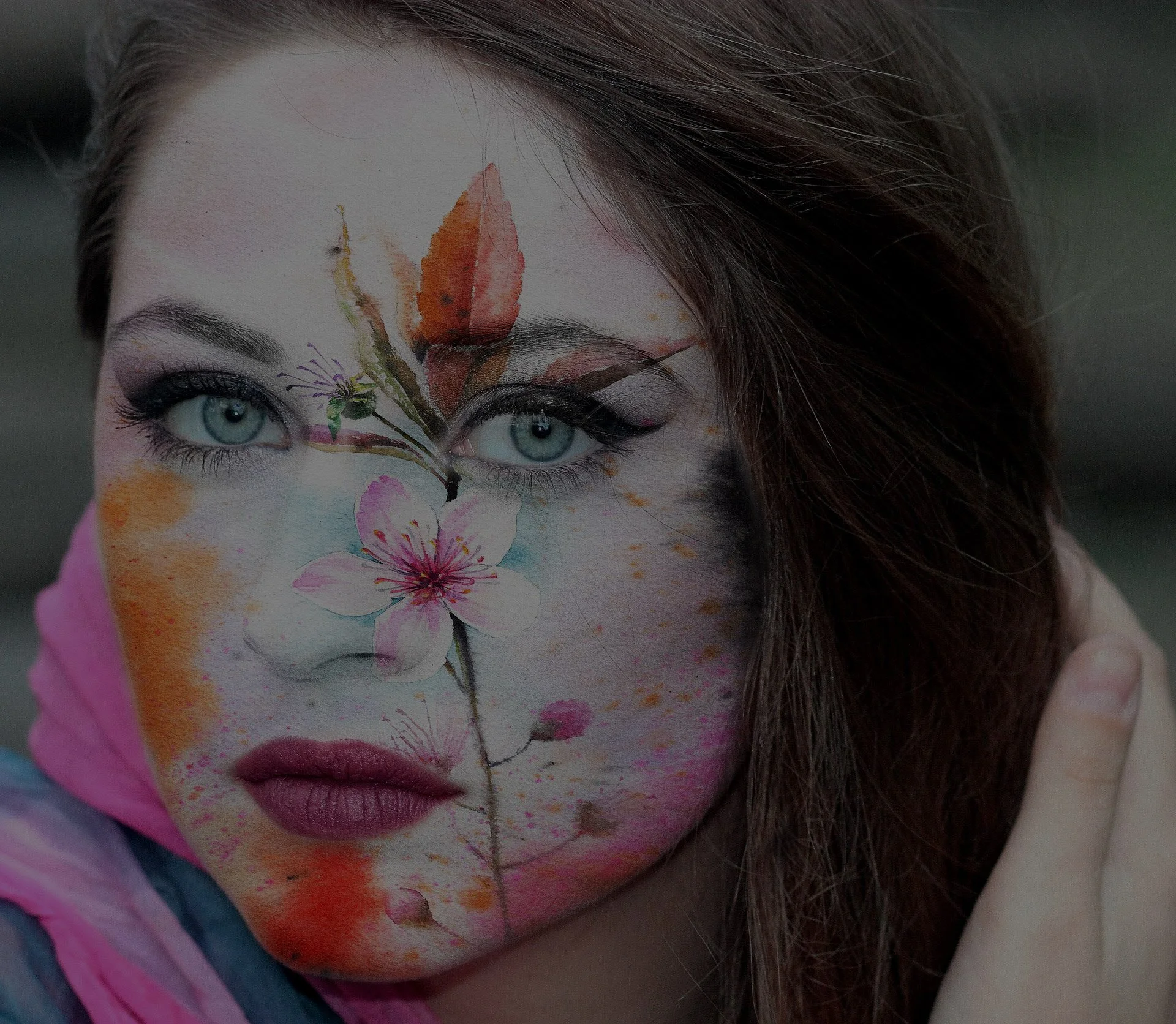
Perception
Everything we know about ourselves and the world is the result of perception. Perception is a mix of two faculties: the senses gathering information from the environment and the comprehension of that information by mentality.
Sensory Input
All information about reality comes in various physical forms such as sound, light, pressure, heat etc. These natural phenomena are registered by our bodies through receptors which are specialised nerve cells responding to certain signals from the environment. Nerve cells in our eyes are specialised to respond to electromagnetic waves (light), in ears they respond to air vibrations, in tongue they recognise tastes, in nose they recognise molecular compositions of gases and air, in tissues they react to pressure, heat, temperature etc. They are many such cell receptors throughout and inside the human body (which we call 5 senses) detecting stimuli from within and without.
The receptor nerve cells transform the information into electric and chemical currents that flow along the body to the spinal cord and from there to the brain for integration. Our senses work like a video camera recording the sensory input. But a video camera lacks consciousness, an inner experience that would give any meaning to the recorded material provided by the senses.
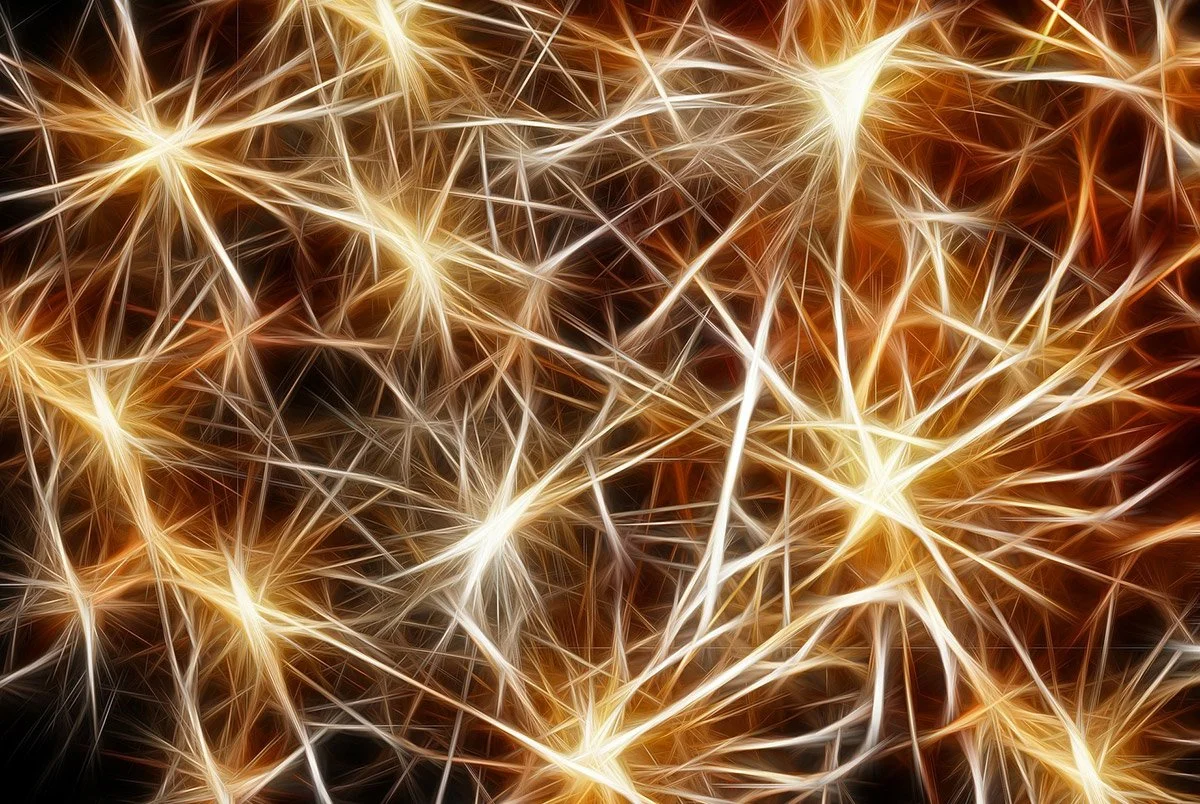
Senses receive information from the outside world. Mentality (mind, intellect) processes that information to comprehend.
Sensation & Perception
There’s a difference between sensing and perceiving. Sensation is the process of receiving outside stimuli by the senses such as vision, hearing smell etc. Perception is the process of organising and interpreting that sensory information by putting it into the correct context in the mind. The process of perception is heavily influenced by our thoughts (expectations, memories, cultural norms etc.) and emotions (moods, feelings etc.).
The case of Oliver Sacks is a good example of sensation and perception being intertwined, yet clearly distinguishable, separable, human faculties.
The physician and professor Oliver Sacks couldn’t recognise his own face in the mirror. Sacks had a form of prosopagnosia, a neurological disorder that impairs a person’s ability to perceive or recognise faces, also known as face blindness. This is another peculiarly excellent example of how a brain function is localised and how sensation and perception are separate faculties.
Sacks could recognise his coffee cup on the shelf, but he couldn’t pick out his oldest friend from a crowd, because the specific sliver of his brain responsible for facial recognition was malfunctioning.
There was nothing wrong with his vision. The sense was intact. The problem was with his perception, at least when it comes to recognising faces.
Prosopagnosia is a good example of how sensing and perceiving are connected, but different.
Human Mind vs. Animal Brain
Living beings like humans and animals don't function as mere robots or machines just recording and storing information. We also process the information further in ways that deliver responses to the environment. That processing takes place in our inner conscious or unconscious experience that corresponds to the different divisions of the brain.
The more complex the brain is, the more capable it becomes for thinking processes. The less complex the brain is (like in animals), the more activity focuses on the lower vital functions responsible for survival, instincts, and space orientation. Animals don't think consciously the way humans do. Their brains consist mainly of the reptilian brain and some centres for emotional processing. Animals don't have a well-developed cerebral cortex.
How our mentality (brain) organises raw data from our senses into meaningful perceptions can also be seen from various optical illusions which prove that perception is a difficult task that can sometimes be misleading.
Optical illusions prove that perceptions can be misleading and that form perception is a difficult task. A number of factors influence our perception: expectations, context, culture, emotions and motivations.There are many famous examples of the brain trying to make sense out of the raw data provided from the senses. Some of those are the famous vases, faces or the duck/bunny figure illusions.
Such things let us recognise that we simplify and organise information by distinguishing between figures and grounds (faces or vases illusion). The relations flip back and forth in our minds, though the figures themselves are always there.
Rubin’s Vase
Duck or rabbit?
The same distinction between figure-ground applies to all our senses, not just the visual sense. Our mind groups things together by proximity, continuity and closure.
Your sensory organs pull in the world’s raw data, which is disassembled into little bits of information, and then reassembled in your brain to form your own model of the world.
The mind groups shapes together by closure.
Concepts As Mental Classes
What distinguishes humans from animals is mentality (mind, intellect, reason) which is physically represented by the cerebral cortex (cerebrum) of the brain. The cerebrum makes it possible for us to think. Thinking is the ability to create mental abstractions based on physical experience. Thinking summarises objects, events and phenomena into classes which contain common characteristics of those objects, events and phenomena.
Such a mental class summarising certain aspects of reality in which common features of a thing are grouped into a structure is called a concept. The more abstract a concept is, the more of reality it encompasses and thus appears less tangible. Examples of human concepts are basically everything that makes up human civilisation and culture (e.g. science, philosophy, religion, craft, music, values, norms, feelings, furniture etc.). The list goes on indefinitely.
